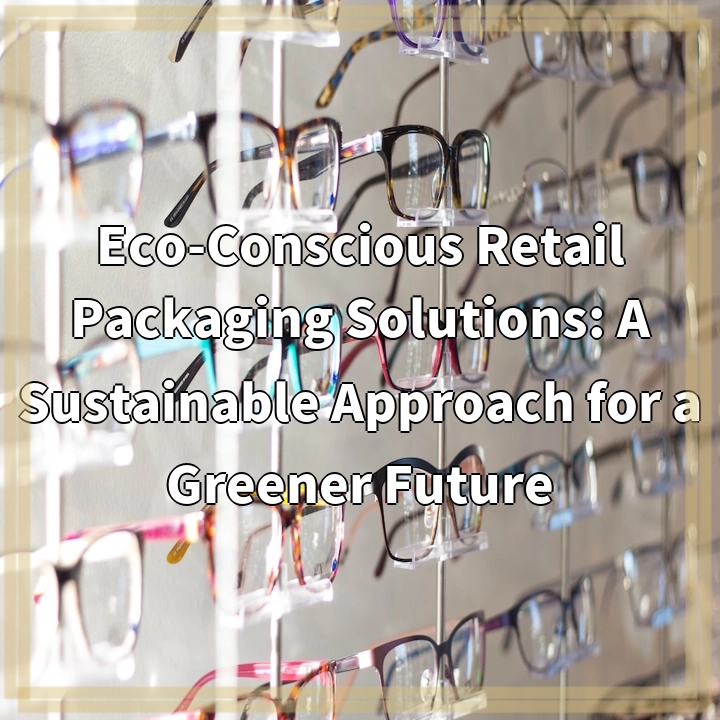
What is Sustainability in Graphic Design?
Sustainability in graphic design refers to the practice of creating visual communication materials while minimizing negative environmental impacts and promoting social responsibility. It involves adopting eco-friendly methods and strategies throughout the design process to reduce waste, conserve resources, and support long-term environmental and social well-being.
Real-World Problems Associated with Sustainability in Graphic Design
Sustainable practices in graphic design face a range of challenges and obstacles. Some of the key real-world problems include:
1. Lack of Awareness
One major issue is the lack of awareness among designers and clients about the importance and benefits of sustainable design. Many may not be familiar with eco-friendly materials, energy-efficient production techniques, or socially responsible practices.
2. Limited Availability of Sustainable Materials
The availability of sustainable materials for graphic design can be limited. Designers often rely on traditional materials that may have a higher environmental impact, such as non-recycled paper or petroleum-based inks. Finding and sourcing sustainable alternatives can be a challenge.
3. Balancing Aesthetic Appeal and Sustainability
Designers may face difficulties when trying to balance aesthetic appeal with sustainability. Sometimes, eco-friendly materials or practices may not achieve the desired visual outcome, leading to compromises or resistance from clients or colleagues.
4. Education and Skill Gap
Many design schools and programs do not prioritize teaching sustainable design practices, resulting in a lack of knowledge and skills among designers. Bridging this education gap is essential to encourage the widespread adoption of sustainable principles in graphic design.
5. Client Demands and Budget Constraints
Clients’ demands and budget constraints can pose challenges to incorporating sustainable practices. Clients may prioritize cost-efficiency over sustainability, making it challenging for designers to implement eco-friendly alternatives without exceeding budget limitations.
Despite these challenges, sustainability in graphic design is gaining awareness and momentum. Designers and organizations are increasingly recognizing the importance of adopting sustainable practices to reduce their environmental footprint and contribute to a more socially responsible world.

Solutions to Real-World Problems in Sustainability in Graphic Design
We can overcome the challenges mentioned earlier by implementing the following solutions:
1. Education and Awareness
Increasing education and awareness about sustainable graphic design practices is crucial. Design schools and programs should include sustainability as a core topic, and designers can actively seek out resources and workshops to enhance their knowledge in this area.
2. Research and Sourcing
Designers should conduct research and actively seek out sustainable materials and production methods. There are various eco-friendly alternatives available, such as recycled paper, vegetable-based inks, and renewable energy sources. Building relationships with suppliers who prioritize sustainability can also help expand the availability of these materials.
3. Collaboration and Advocacy
Designers should collaborate with clients, colleagues, and industry professionals to advocate for sustainable graphic design practices. By showcasing successful case studies and the positive impact of sustainability, designers can help shift client demands to prioritize environmentally friendly solutions.
4. Innovation and Design Thinking
Adopting a mindset of innovation and design thinking can help overcome the aesthetic vs. sustainability challenge. By exploring creative solutions and thinking outside the box, designers can find ways to create visually appealing designs while minimizing environmental impact.
5. Cost Analysis and Long-Term Perspective
Designers should conduct cost analyses to demonstrate the long-term benefits of sustainable practices. While there may be initial costs associated with eco-friendly alternatives, highlighting the potential savings in terms of reduced waste, energy consumption, and long-term brand perception can help convince clients of the value of sustainability.
By implementing these solutions, environmental blogging in graphic design can have a positive impact, advancing sustainability in the industry and contributing to a more environmentally conscious and socially responsible future.















